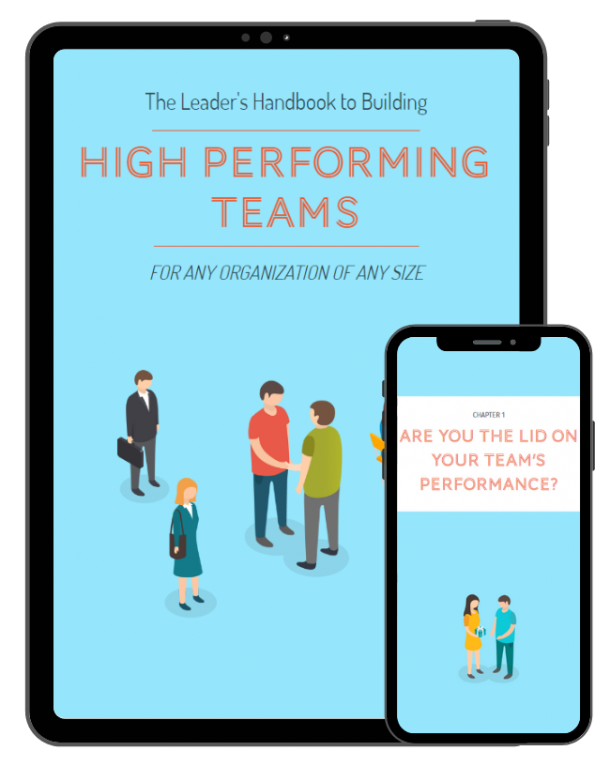
Recently, I was with a client who was lamenting the condition of the manufacturing operation within his organization. He commented they had almost 60 orders which were on the backlog list. For some reason, this organization who prides themselves on fulfilling orders within 8 days and strives for a 95% or better on-time delivery measure, was falling decidedly short of their reasonable expectations. The 60 orders were for existing, repeat customers as well! As we further discussed and dissected the situation, several reasons for this shortcoming became evident:
- There were quality issues – quality with the raw materials and quality with the end product.
- There were priority issues – there was no real production planning schedule because they hadn’t adopted a clear process.
- There was clearly a leadership issue as well. As I’ve said before, “Everything rises and falls on leadership…everything.”
We summarized the main issue as a failure of leadership to set and communicate clear expectations. Clear expectations are the starting point for high performance. When we know how to define high performance and we commit to achieve those expectations, our performance can then meet the standards we set. As leaders, this is one of our primary roles. The expectations we set for the team must be clear, concise, achievable, and measurable. Horst Schulze, the co-founder of the Ritz Carlton hotel chain said, “When someone makes the same mistake more than once, it is not a performance problem, it is problem with a procedure.” If the performance expectations are not crystal clear, it might cause people to misinterpret their role which can lead to mistakes. Mistakes cost time and money and impact the bottom line every time. Organizations focused on quality have adopted ISO standards, six sigma, and LEAN principles. In a manufacturing organization, these principles serve nothing more than to set clear performance expectations for both equipment and equipment operators. When this system is working smoothly, customers can trust the components or finished goods which have been produced in accordance with the standards set. The opposite is also true – when customer’s expectations are not met, trust can erode and potentially result in less business. “If you can’t measure it, you can’t manage it” is an applicable adage here. How can we possibly train, coach or manage employees to deliver expected outcomes if we can’t objectively measure the results of the tasks we want them to accomplish? Unfortunately, there are still leaders who rely on the faulty principle of “I’ll know it (good performance) when I see it.” This approach is quite frustrating for employees because they are forced to guess what’s truly expected of them. By the way, setting expectations is not a new revelation – this principle can actually be found in the very first book of the Bible! More on that lesson another time. Do you want a high performing team? Make sure the expectations you set are clear and measurable. Just because you think they are clear in your mind, doesn’t mean those on the team have the same level of understanding. To ensure your employees comprehend the clarity of the expectation, ask them to repeat the expectation to you and to define the outcome (result) which will be measureable and evident when the expectation is met. If you are experiencing similar frustrations as the client I referenced earlier, reach out to me – I’m sure I can help you and your team. Best regards, Bill

